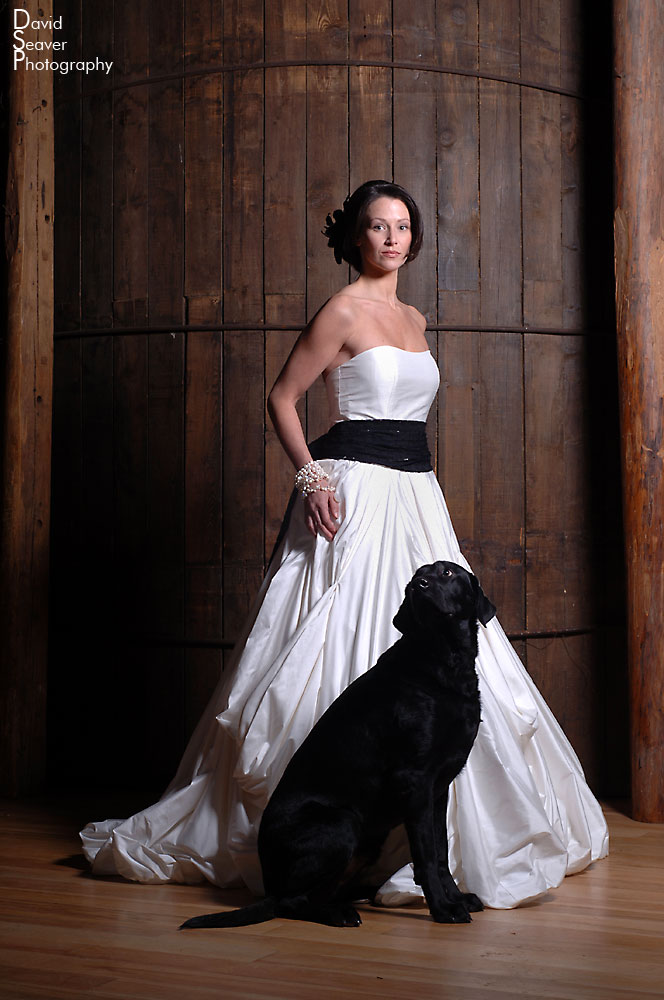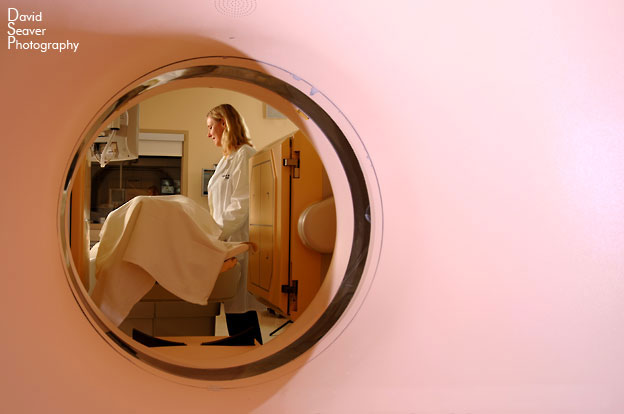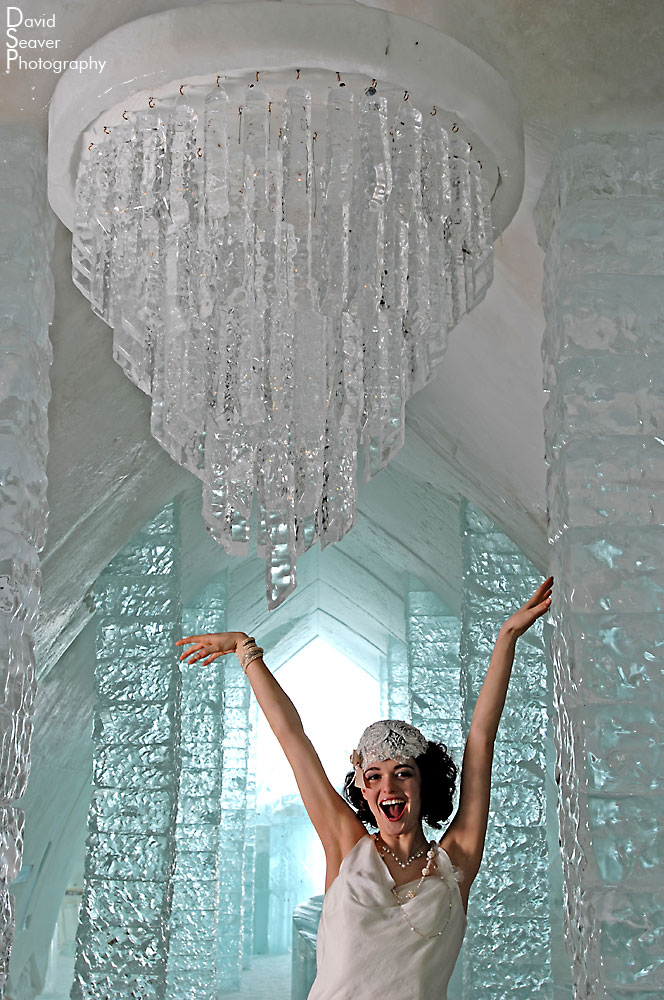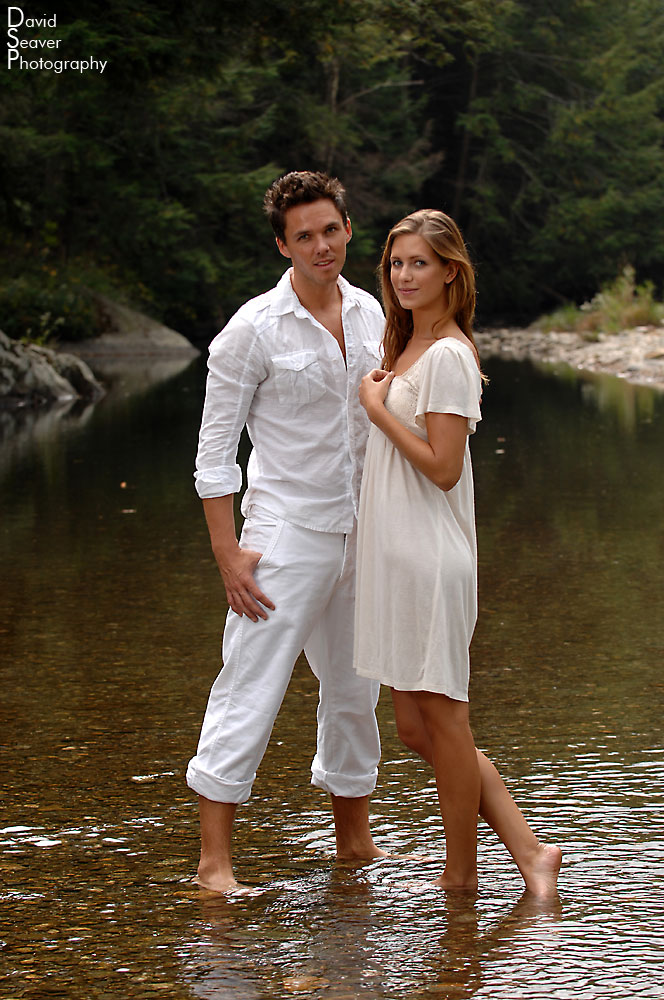I was recently asked a question regarding how to get proper exposure mixing big flashes with small flashes. This person was having trouble triggering the light slave on a
SP-Systems Excalibur studio flash with an on camera flash, this time with a Nikon D60. Specifically, with the camera and built in flash in TTL mode, the camera was triggering the studio flashes through their own light slave, but they couldn’t see the flash in the photos. This can apply to any speedlight with more than just manual settings. The TTL, iTTL, or any other ‘intelligent’ communication between the flash and the camera or the flash and other flashes include more than one flash per shot.
Here is the original question:
“I am using SP Systems Excalibur 3200 strobes and a Nikon D60. I’m having difficulty getting exposure to work out without going down to a 1/6 shutter speed. I think the lights are out of sync with my camera.”
My answer:
If you are triggering the flash with the D60’s on camera flash (or another speedlight), with it set to TTL you will have to change it to A (aperture priority) or M (manual). The TTL works by sending a pre-flash (too fast for us to see) that determines the correct exposure of the scene, but it will also trigger the SP-Systems or other passive light slave a fraction too early, on the first pulse of light, creating an under exposed photo due to the large flashes not being included in the exposure. I’m guessing this is the problem. With A and M modes the flash only sends out one flash. The aperture mode fires the flash, then the flash itself determines the exposure and shuts the flash off, the manual mode just fires what you tell it to (exactly like the monolights).
The SP-Systems lights are great, I’ve been using them for about 10 years now and have accumulated a number of different ones.
This is how I approach lighting with flash, big flash, small flash, and mixing the two with ambient light. First, start thinking of flash in these terms. F-stop relates to the flash, shutter speed relates to the ambient (normal room light).
Here’s a good starting point with flashes. To start, set your camera on manual, with a shutter speed somewhere between 1/30 and 1/100 (1/100 is about the fastest the lights will sync before seeing the shutter curtain’s dark streak along the top, unless you’re using a Pocket Wizard or specific flash models that will trigger faster). If you’re only using flash to light the scene, set the shutter to 1/100 (or the highest flash sync speed), this will also give you a good starting point from which you can move later.
Next is how you are triggering the light. If you are using the “pc-sync” cord (or a wireless remote, Pocket Wizard, Radio Popper, etc) included with the flash, then there shouldn’t be a problem with timing. I would start with the flash set to about 1/4 power, which will give you an exposure of somewhere between f5.6-f11 depending on how close the flashes are to the subject.

(Wedding dress model lit with one flash. SP-Systems Excalibur 3200 flash with a 32" octagonal softbox, camera right. Nikon 17-35mm 2.8, Nikon D2x. The shutter was fast enough to eliminate the ambient light, creating the deep shadows and dramatic lighting.)
Find that perfect exposure by fine tuning either the flash power or your aperture. Once you’ve gotten the flash exposure you’re looking for, you can slow down the shutter speed to bring up the ambient light level so you can mix flash with existing light.

(Doctor and patient with MRI machine. Multiple flashes light this scene. Two Nikon SB-800 Speedlights provide the purple to light the foreground. A SP-Systems monolight with a hex-grid camera left adds a little pop. A SP-Systems Excalibur 3200 with umbrella, camera right, fills in her back, the wall and gives a little rim light on her hair. A SP-Systems Excalibur 3200 soft box camera left lights her face. Triggered with a combination of radio and light slaves. Nikon D2x, 17-35mm 2.8.)
There are times when you want total control over all the lighting in the scene, as in a studio setting, and there are other times when you want the ambient light to play a part in the scene. This is usually the case in larger environments when it’s not possible to light huge spaces. Although there are millions of ways to approach lighting with flash, I try to remember to keep the effect of the flash hidden (unless I want to make it the focal point ;). If you can light a scene well and keep the flash hidden, you’ve done well. Flash can be unruly at times and can really get away from you. Sometimes it take a heavy hand, sometimes you need just a touch. It’s the never ending struggle in flash photography. How to light it?

(Model lit with one flash. Balancing the ambient light with the flash (off to camera left). Both the model and I were on helper's shoulders to get the right perspective and include the amazing frozen chandelier. Monolight flash with softbox, Nikon D2x, Nikon 50mm 1.8.)
Lighting with one flash is a good place to start. Adding more and more flashes will add more and more layers of complexity to the shoot, but can yield amazing results. It can also be overkill and look contrived. The key is finding the balance.

(Models standing in a river, lit with one flash. One flash, SP-Systems Excalibur 160 with battery pack and umbrella, camera left. Triggered with a radio trigger. Nikon D2x, Nikon 70-200mm 2.8. Moments later the umbrella caught a tiny gust of wind and fell into the river! Note to self only use an umbrella outside with someone holding it. Not to worry, after a thorough drying, I still use the flash to this day.)
Lately I’ve been mixing big and small flash together. Using the big flash for the heavy lifting and small speed lights for smaller highlights or even the key light, if it’s close enough. I’ll even mix wireless i-TTL flash with studio flash, running a radio trigger to set off the big flashes and the i-TTL SB 900 and SB-800 working together to fine tune specific spots. With all these numbers flying around, up and down, things can easier get out of control, but that’s why we shoot. Make mistakes, look at them, repeat.
February 11, 2012 | Categories: Uncategorized | Tags: ambient, available light, compose, flash, how to take great photos, light, lighting, mixed, mixing flash, model, models, monolight, nikon, nikon flash, one flash, people, photo, photography, portrait, portraits, professional photographer, sb-900, sb-910, small flash, speedlight, studio flash, take great photos, women | Leave A Comment »





